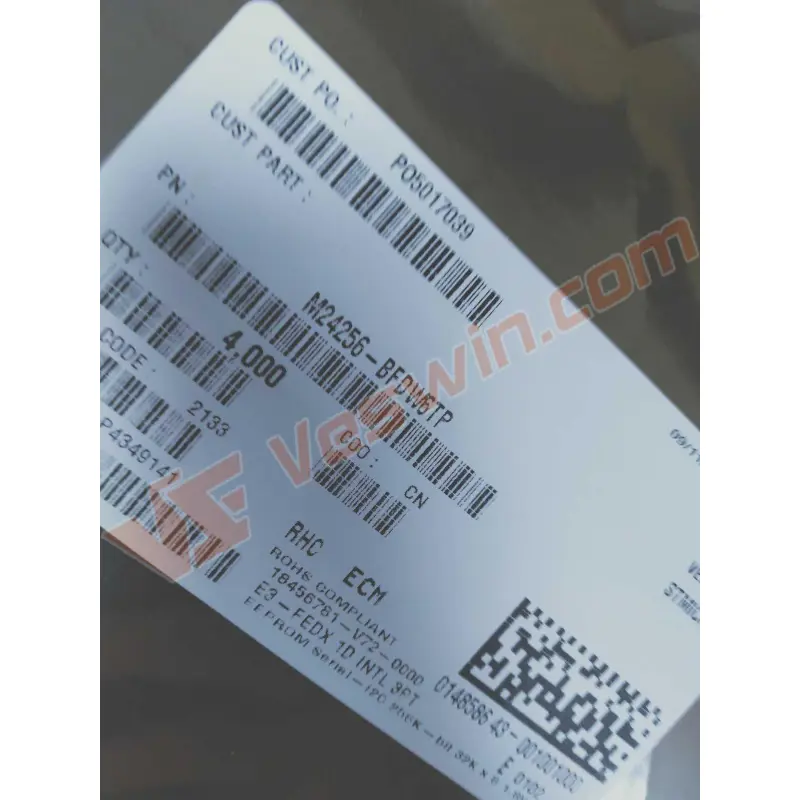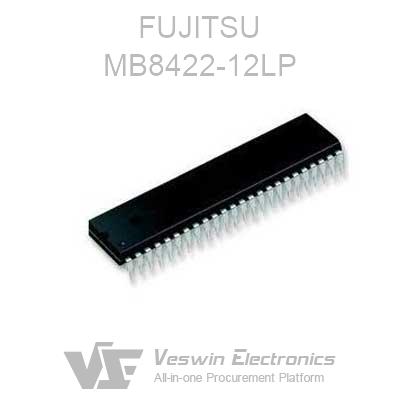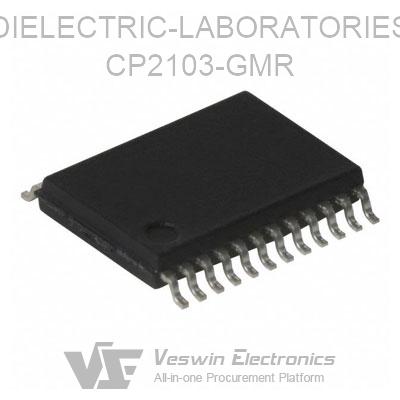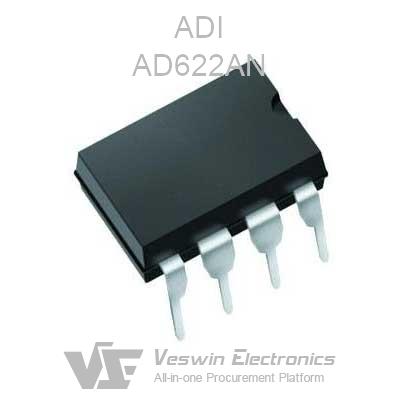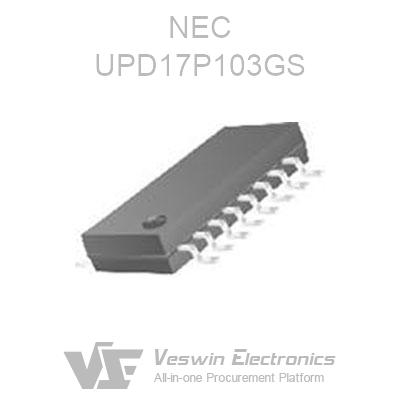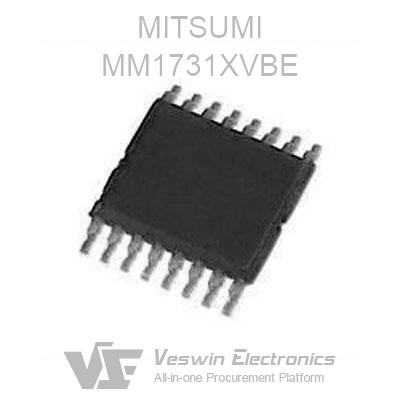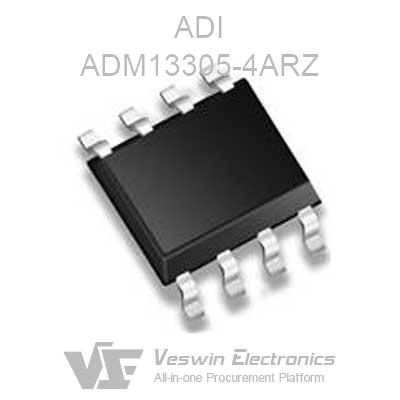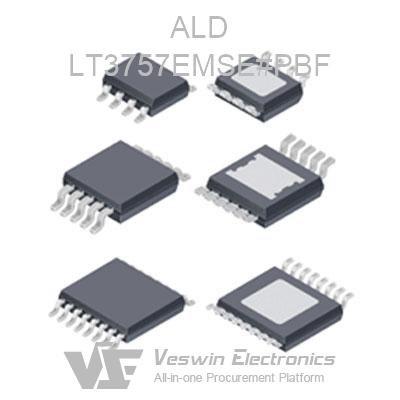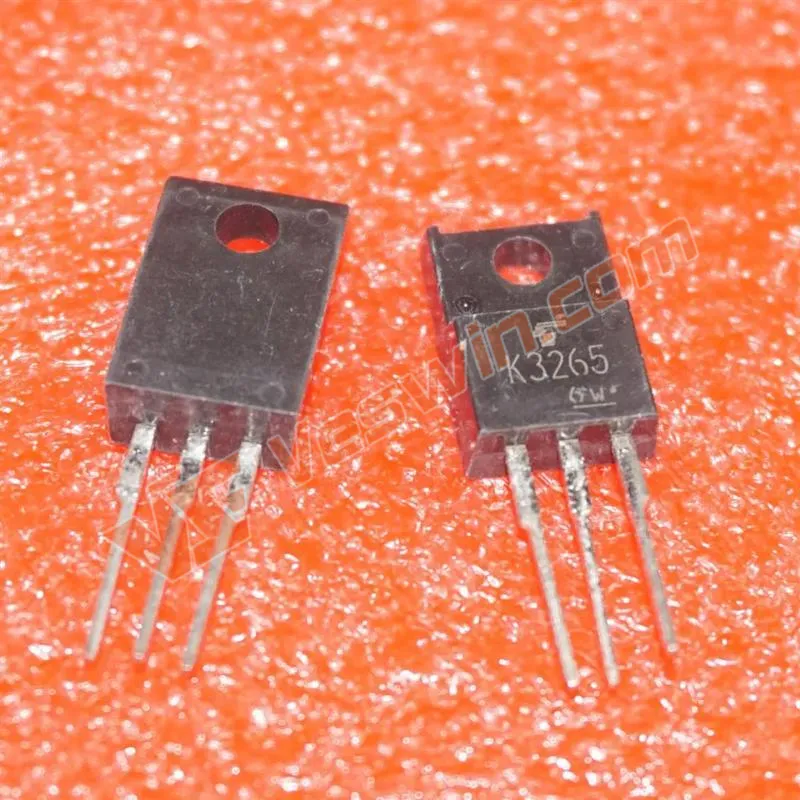As the demand for computers increases and the scale of information processing increases, higher requirements are placed on computer data storage capabilities. Chips are the core of computers, and their importance has become increasingly prominent. Do you know what a logic chip is? What are its types? This article will introduce it in detail.
Logic IC
An integrated circuit (IC), sometimes called a chip, microchip, or microelectronic circuit, is a semiconductor wafer on which thousands or millions of tiny resistors, capacitors, diodes, and transistors are fabricated. An IC can function as an amplifier, oscillator, timer, counter, logic gate, computer memory, microcontroller, or microprocessor.
An IC is the fundamental building block of all modern electronic devices. As the name suggests, it's an integrated system of multiple miniaturized and interconnected components embedded into a thin substrate of semiconductor material (usually silicon crystal).
Microcontrollers are integrated circuits that govern specific operations in embedded systems, consisting of a processor, memory, and input/output peripherals on a chip.
A logic IC is a semiconductor device that performs a basic logical operation on one or more digital input signals to produce a digital output signal. Logic ICs are the core components of logic circuits. They are integrated into one or more semiconductor slices or chips and encapsulated in a small, multi-pin package.
Logic ICs are typically classified into two broad categories:
Combinational Logic ICs: These ICs perform logical operations on their input signals to produce an output based solely on the current inputs. Common combinational logic functions include AND, OR, NOT, XOR, and NAND gates and more complex functions like multiplexers and decoders. These ICs are essential for tasks such as data manipulation, data routing, and data comparison.
Sequential Logic ICs: Sequential logic ICs, also known as flip-flops and registers, have a state that depends not only on the current input but also on the previous state of the circuit. They store and process information over time, making them suitable for memory storage, clock signal generation, and controlling data flow in digital systems.
Logic ICs come in various packages, including DIP (Dual In-line Package), SOP (Small Outline Package), and surface-mount packages. They can be found in various technologies, such as TTL (Transistor-Transistor Logic), CMOS (Complementary Metal-Oxide-Semiconductor), and ECL (Emitter-Coupled Logic), among others.
Logic IC
Logic ICs are used in various electronic devices and applications requiring digital logic functions. Here are some common areas where logic ICs are used:
Computer: Logic IC is mainly responsible for computing and processing data in computers, such as addition, subtraction, multiplication, division, AND or NOT, and other logical operations.
Communications: In communications, logic ICs process digital signals, such as modulation, demodulation, encoding, decoding, etc. of digital signals.
Control: In the field of automatic control, logic ICs are used to control the operation of various equipment, such as the automatic driving of cars, industrial automation, etc.
Consumer Electronics: In consumer electronics, logic ICs process various signals such as audio, video, images, etc.
The following points need to be noted when using logic ICs:
Power supply voltage: The power supply voltage of the logic IC has a certain range, and exceeding the range may cause damage to the logic IC.
Operating Temperature: Logic ICs also have a specific operating temperature range, beyond which their performance and lifespan may be affected.
Signal input: The input signal of the logic IC needs to meet certain conditions, such as voltage range, current range, etc.
Package form: Logic ICs come in different packages, such as DIP, SOIC, QFP, etc. Choosing the appropriate package form can facilitate circuit design and installation.
Driving capability: The driving capability of logic ICs also has certain limitations. If the driving capability is insufficient, the circuit may not work properly.
Logic IC
Hot products:AX1000-FG896I XCKU060-2FFVA1156E
Several logic ICs are designed to perform specific logical functions in electronic circuits. These ICs are categorized based on the type of logic gates they contain and the functions they perform. Here are some of the most common types of logic ICs:
AND Gate ICs: These ICs perform the logical AND operation on multiple input signals. They produce a high output (logical 1) only when all input signals are high.
OR Gate ICs: OR gate ICs perform the logical OR operation on multiple input signals. They produce a high output if at least one input signal is high.
NOT Gate ICs: NOT gate ICs, also known as inverters, invert the input signal. If the input is high (logical 1), the output is low (logical 0), and vice versa.
NAND Gate ICs: NAND gate ICs perform the logical NAND operation on input signals. They produce a low output only when all input signals are high.
NOR Gate ICs: NOR gate ICs perform the logical NOR operation on input signals. They produce a high output only when all input signals are low.
XOR Gate ICs: XOR gate ICs perform the logical XOR (exclusive OR) operation on input signals. They produce a high output when the number of high inputs is odd.
XNOR Gate ICs: XNOR gate ICs perform the logical XNOR (exclusive NOR) operation on input signals. They produce a high output when the number of high inputs is even.
Buffer ICs: Buffer ICs amplify and maintain the input signal without any logical operation. They are often used for signal buffering and driving.
Schmitt Trigger ICs: Schmitt trigger ICs convert noisy or analog signals into clean digital signals. They have hysteresis to eliminate signal noise.
Multiplexer (MUX) ICs: Multiplexer ICs select one of several input lines and route it to the output based on control inputs.
Demultiplexer (DEMUX) ICs: Demultiplexer ICs are the reverse of multiplexers. They route one input to one of several output lines based on control inputs.
Flip-Flop ICs: Flip-flops are sequential logic ICs that store a single binary digit (bit) of data. They come in various types, such as D, JK, SR, and T flip-flops, each with specific functionality.
Counter and Shift Register ICs: These ICs are used for counting pulses or storing and shifting data serially. They are essential in applications like frequency division and data transfer.
Encoder and Decoder ICs: Encoder ICs convert multiple input lines into a binary code, while decoder ICs do the reverse, decoding binary codes into multiple output lines.
Arithmetic Logic Unit (ALU) ICs: ALU ICs are used in microprocessors and digital computers to perform arithmetic and logical operations, such as addition, subtraction, AND, OR, etc.
Programmable Logic Devices (PLDs): PLDs are not single-function ICs but programmable devices that can be configured to implement various digital logic functions. They include devices like Programmable Logic Arrays (PLAs) and Complex Programmable Logic Devices (CPLDs).
These are some of the fundamental types of logic ICs, and there are many variations and specialized ICs within each category to suit specific applications. The choice of logic IC depends on the required logic function, speed, power consumption, and other application-specific requirements.
You May Also Like:10M25SCE144C8G A3PE3000L-FGG484I AX1000-1FG896I
Here are some of the prominent logic IC manufacturers:
Texas Instruments (TI): TI is a well-known manufacturer of various semiconductor products, including logic ICs. They produce a variety of logic families, such as TTL, CMOS, and others.
NXP Semiconductors: NXP offers a diverse portfolio of logic ICs, including high-performance and low-power CMOS logic families. They serve various industries, including automotive, industrial, and consumer electronics.
STMicroelectronics: STMicroelectronics produces logic ICs as part of its comprehensive semiconductor product lineup. Their logic ICs find applications in automotive, industrial, and consumer electronics.
ON Semiconductor: ON Semiconductor manufactures logic ICs in various logic families, including CMOS and TTL, for applications in automotive, industrial, and consumer markets.
Renesas Electronics: Renesas offers various logic ICs, including microcontroller-based logic solutions. They cater to automotive, industrial, and IoT applications.
Diodes Incorporated: Diodes Incorporated specializes in semiconductor products, including logic ICs. They provide cost-effective and low-power solutions for different applications.
Intel: Intel is an American company and one of the world's largest semiconductor manufacturers. The logic integrated circuits it produces are widely used in computers, communications, consumer electronics, and other fields.
Samsung: Samsung is a South Korean company and one of the world's largest semiconductor manufacturers. The logic integrated circuits it produces are widely used in various electronic devices.
TSMC: TSMC is a Taiwanese company and one of the world's largest professional integrated circuit foundry companies. The logic integrated circuits it produces are widely used in computers, communications, consumer electronics, and other fields.
Micron: Micron is an American company and one of the world's largest memory chip manufacturers. The logic integrated circuits it produces are widely used in computers, communications, consumer electronics, and other fields.
Hynix: Hynix is a South Korean company and one of the world's largest memory chip manufacturers. The logic integrated circuits it produces are widely used in computers, communications, consumer electronics, and other fields.
With the rapid development of technologies such as the Internet of Things, artificial intelligence, and big data, the demand for logic-integrated circuits continues to increase. In the future, logic integrated circuits will continue to develop towards higher performance, lower power consumption, smaller area, and lower cost. At the same time, new logic devices, such as photonic and neuron devices, will continue to emerge, bringing new opportunities and challenges to developing logic-integrated circuits.
Recommended Read:DL2032 vs. CR2032: What are Differences and How to Choose
Hot News

